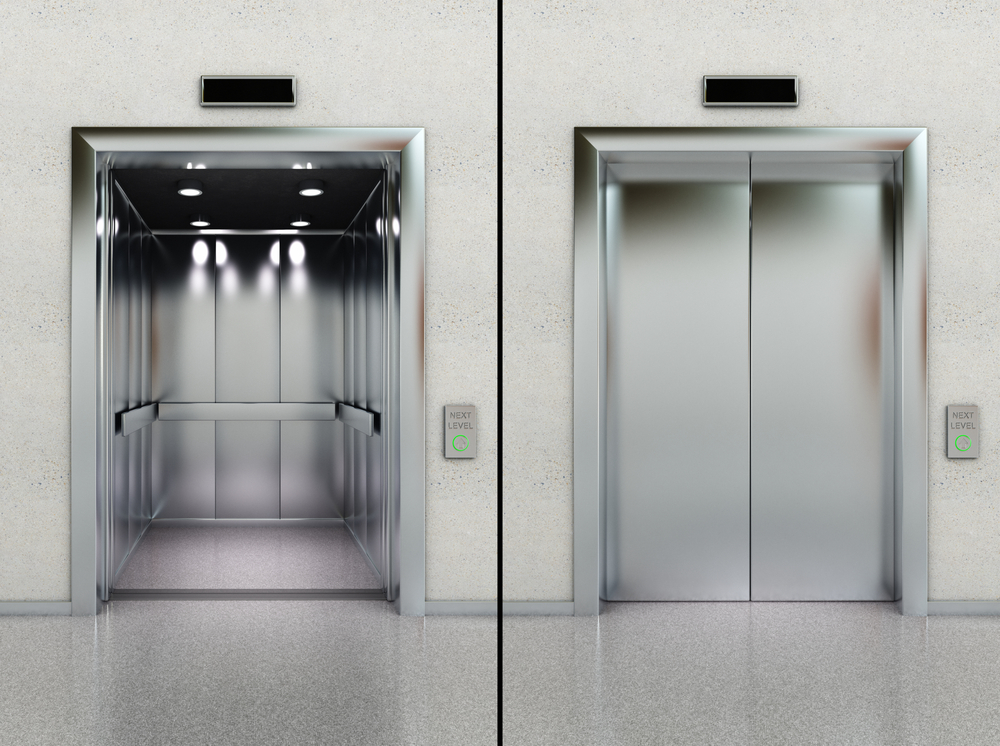Looking Into the World of Elevators: Usual Problems Faced by Various Lift Systems
As we navigate with the upright transport systems of contemporary structures, elevators stand out as an essential part of our daily lives. From hydraulic elevators to grip systems and machine-room-less designs, each lift type comes with its collection of usual issues.
Hydraulic Elevators
Hydraulic elevators, usually chosen for low-rise structures, make use of fluid pressure to control the motion of the elevator cars and truck (lift repair companies). This mechanism involves a hydraulic pump pushing oil right into a cyndrical tube, causing the elevator to relocate the desired direction. While hydraulic elevators are understood for their quiet and smooth operation, they do include their very own set of common problems
One widespread trouble with hydraulic elevators is oil leakage. The seals in the hydraulic system can put on out with time, leading to oil infiltration. This not only produces a mess however can additionally influence the lift's efficiency if left unaddressed. In addition, concerns with the control system, such as faulty valves or a malfunctioning pump, can trigger interruptions in the lift's motion.
Regular maintenance and timely fixings are important to ensure the smooth performance of hydraulic lifts. By attending to these typical issues proactively, building owners can reduce downtime and guarantee the safety and performance of their upright transportation system.
Traction Lifts
When taking into consideration upright transport systems in buildings, another common kind other than hydraulic elevators is the grip elevator. Traction lifts operate making use of a system of ropes and weights that relocate the elevator car by gripping onto the hoist ropes. This mechanism permits smoother and quicker vertical transport compared to hydraulic systems.
Among the typical problems faced by grip elevators is rope wear. The consistent motion of the ropes within the traction system can bring about tear and put on with time, potentially causing the lift to malfunction or end up being hazardous for usage. Routine evaluations and upkeep of the ropes are important to guarantee the lift's proper performance and safety.
An additional issue that traction elevators might experience is associated with the control system. Issues with the control system can bring about problems such as irregular activity, delays in feedback times, or even total closures. Regular screening and upkeep of the control system are important to avoid such concerns and guarantee the lift's integrity.
Machine-Room-Less (MRL) Elevators

One of the vital elements of MRL elevators is the small gearless traction equipment that is set up within the hoistway. This device successfully drives the lift automobile without the need for cumbersome devices discovered in conventional grip elevators. Additionally, MRL lifts generally make use of a weight system to balance the cars and truck, more enhancing their power performance.
In spite of their benefits, MRL elevators london lift company may deal with obstacles related to repair and maintenance because of the constrained space for devices installation. Access for servicing components within the shaft can be limited, calling for specialized training for technicians. Appropriate upkeep schedules and normal evaluations are critical to ensure the continued smooth procedure of MRL lifts.
Overloading and Weight Limit Issues
Are lifts furnished to manage excess weight tons successfully and safely? Straining and weight restriction issues are crucial worries in lift procedures. Lift producers style lifts with certain weight abilities to make certain passenger safety and security and equipment longevity. Exceeding these weight limitations can result in different issues, including mechanical failures, delays, and security risks.
When lifts are strained, it places extreme strain on the motor, wires, and various other elements, possibly triggering malfunctions or break downs. If they spot excess weight, safety devices such as sensors and overload sensors are in area to stop elevators from relocating. Furthermore, exceeding weight restrictions can cause increased power consumption and damage on the elevator system.
To alleviate straining issues, constructing supervisors must prominently present weight limitations in elevators and inform occupants on the significance of sticking to these constraints - lift repair companies. Routine maintenance checks by qualified professionals can additionally assist ensure that lifts are running within secure weight specifications. By addressing overloading and weight restriction issues proactively, structure owners can boost elevator security and efficiency
Electrical System Failings
Going beyond weight restrictions in lifts can not just lead to mechanical issues but likewise potentially contribute to electrical system failures within the lift facilities. Electric system failings are a vital worry in lift operation, as they can trigger unexpected closures, malfunctions, or even safety hazards.
Moreover, power surges or variations in the electric supply can likewise interfere with the lift's procedure, influencing its efficiency and safety and security. These electric disruptions can harm delicate elevator elements such as control panels, circuit card, or sensors, bring about system failings. Normal maintenance and examinations are crucial to recognize and resolve prospective electric concerns without delay, making certain the safe and efficient operation of lift systems. By sticking to weight restrictions and conducting regular electric system checks, structure owners can minimize the threat of electric failures in lifts.
Final Thought

Hydraulic lifts, often favored for low-rise buildings, make use of fluid pressure to control the movement of the lift cars and truck.When considering upright transport systems in structures, another typical type apart from hydraulic lifts is the traction lift. Traction lifts operate making use of a system of ropes and counterweights that move the lift vehicle by clutching onto the hoist ropes. Unlike conventional elevators that require a different equipment room to house the equipment, MRL lifts incorporate most of the elements within the shaft, getting rid of the requirement for a specialized equipment room.In final disabled platform lifts prices uk thought, lifts deal with usual issues such as hydraulic malfunctions, grip system failures, and electrical system troubles.